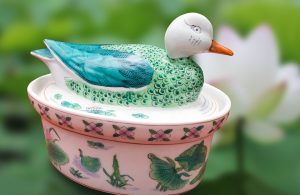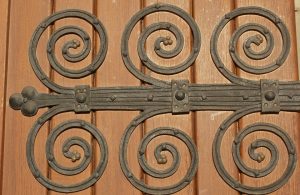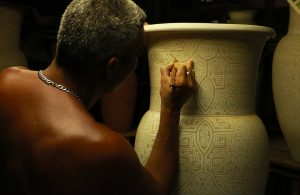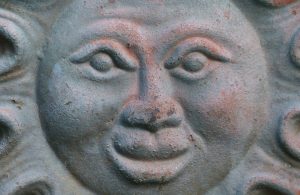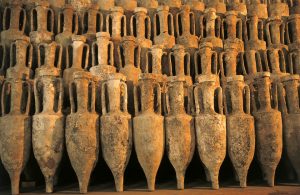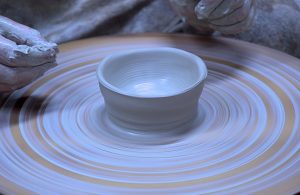Ancient man had limited materials to make necessary objects. As populations increased in size, these limitations began to be eliminated. One of the earliest forms of art came from ceramics and glass. Both were manufactured in kilns and made from local materials. Colored glass was used in mosaics as the process of manufacturing it often resulted in breakage. Artists could form these broken pieces into more glass or glass pieces held together with grout. The color selections allowed intricate patterns and designs to be formed. Eventually glass rods were made exclusively for artists to make into mosaics.
As time wore on in the Mediterranean area, many new cultures were discovered by Rome. Many of these cultures used primitive glass to form their own cultural art. The Romans eventually conquered most of the lands surrounding the Mediterranean Sea and much of Europe to the north of them. They brought their artists and their art with them into these lands. North Africa and Europe are dotted with ancient Roman sites.
Roman baths were a cultural necessity for Romans. These baths were built whenever possible. Many of them were decorated with glass mosaics. Modern historians use the remnants of these mosaics to tell if a local culture imitated Romans or if Romans were present in the area at a certain time. The far-flung empire of Rome meant generous support for artists, especially those who created glass mosaics for the baths. Roman generals and government administrators took their art with them to conquered lands. This helped to spread the use of glass in this art form.






